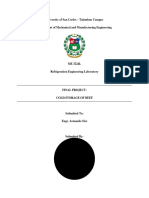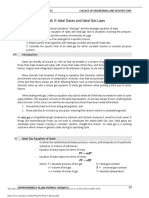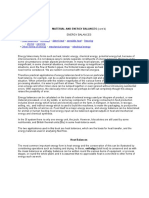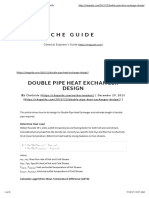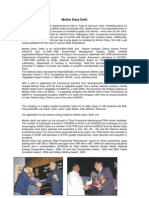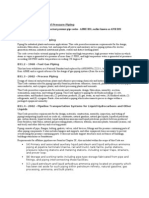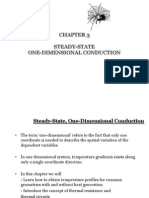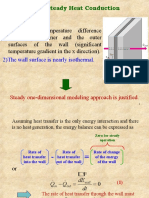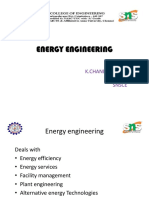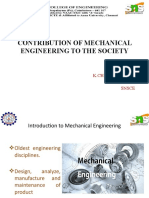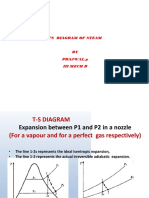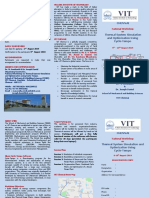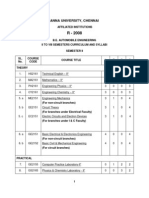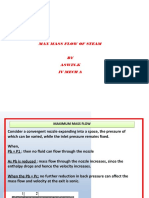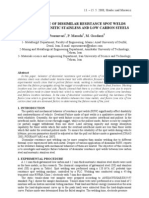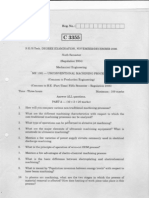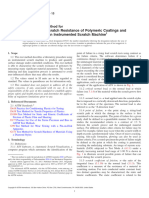0% found this document useful (0 votes)
363 views32 pagesHeat Transfer Through Composite Wall: Iii Sem/Basic Mechanical Engineering/Dr.R.Sudhakaran 1/3
The document discusses heat transfer through composite walls. It explains that heat transfer through a composite wall can be analyzed as a series of thermal resistances. The overall heat transfer rate is equal to the temperature difference divided by the total thermal resistance, which is the sum of the individual layer thermal resistances. Contact resistance at interfaces between layers is also discussed as an additional thermal resistance. An overall heat transfer coefficient that accounts for all resistances is presented as a modified form of Newton's Law of Cooling.
Uploaded by
Narayanan SubramanianCopyright
© © All Rights Reserved
We take content rights seriously. If you suspect this is your content, claim it here.
Available Formats
Download as PPTX, PDF, TXT or read online on Scribd
0% found this document useful (0 votes)
363 views32 pagesHeat Transfer Through Composite Wall: Iii Sem/Basic Mechanical Engineering/Dr.R.Sudhakaran 1/3
The document discusses heat transfer through composite walls. It explains that heat transfer through a composite wall can be analyzed as a series of thermal resistances. The overall heat transfer rate is equal to the temperature difference divided by the total thermal resistance, which is the sum of the individual layer thermal resistances. Contact resistance at interfaces between layers is also discussed as an additional thermal resistance. An overall heat transfer coefficient that accounts for all resistances is presented as a modified form of Newton's Law of Cooling.
Uploaded by
Narayanan SubramanianCopyright
© © All Rights Reserved
We take content rights seriously. If you suspect this is your content, claim it here.
Available Formats
Download as PPTX, PDF, TXT or read online on Scribd
/ 32

